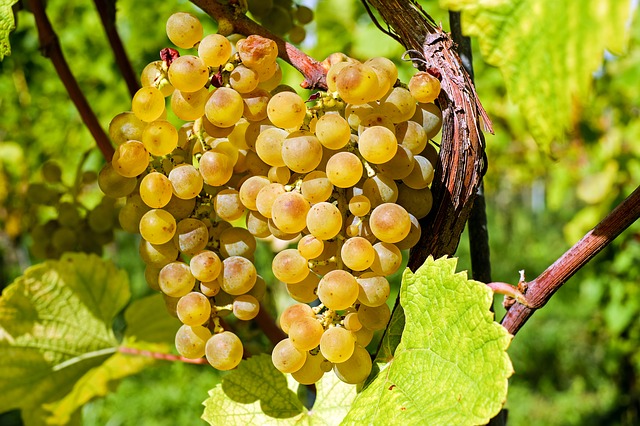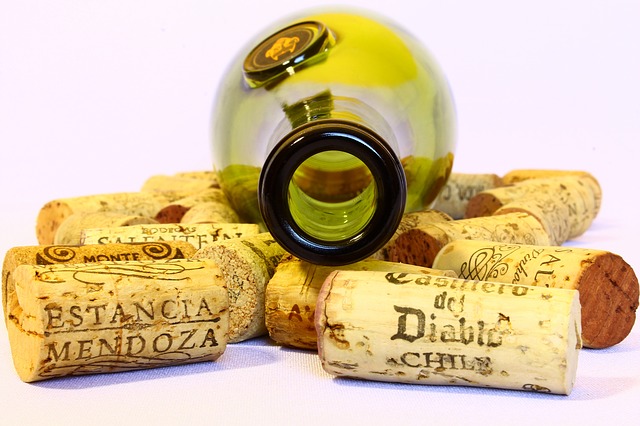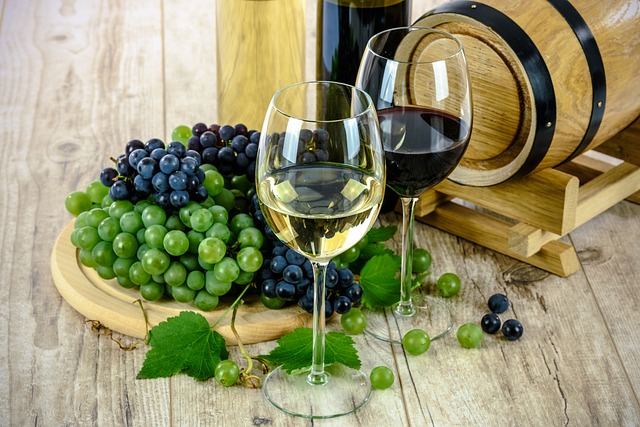Yes, it is the bottle that elevates wine to the noblest of foods. The bottle not only protects the wine, but also preserves it and at the same time contributes to the wine\’s maturation and aging. Wine sold in plastic or wine“boxed”, where it is of relatively low quality, for example in Italy, where it is drunk with snacks like mineral water, but wine in glass is something else entirely. In addition, the glass is not limited by taste, it is protected from the effects of ultraviolet radiation, even if it is green or any other color, the glass is dimensionally stable, and furthermore, glass bottles can be recycled. The disadvantages are that they are heavy and fragile. Wine often has labels on the front and back, but do you know what they contain?
The front label of a wine bottle
This is the wine\’s business card. It adorns the bottle and contains important information about its contents. A wine may be named after its region (e.g., Bzenec) or after its variety (e.g., Merlot). For most wines, only the brand name is given (e.g., Cuvee). Other information on the front label is the producer or bottler of the wine, as well as which wine-growing region or vineyard the grapes (Hungarian) came from. And how is the alcohol content labeled?On European labels, the alcohol content is given as an approximate number. For example, 12% vol. Unlike foreign wines, e.g. Argentinean wines, European labels do not allow intermediate values for alcohol content. Of course, the amount of wine contained in the bottle is indicated on the label.
Back labels on wine bottles
Due to the strict regulations regarding front labels, many wine producers have begun to include additional information on the back label that may be important to wine lovers. This is referred to as the unofficial label. What is included?Information included here may include advice on the best temperatures and foods at which to enjoy a particular wine.
More detailed information about the wine variety and where and how the vines were grown may also be included. In the case of foreign wines, additives such as sulfur are also listed. Also, perhaps because of the additional information, the back label of a wine bottle is often more interesting than the front label.